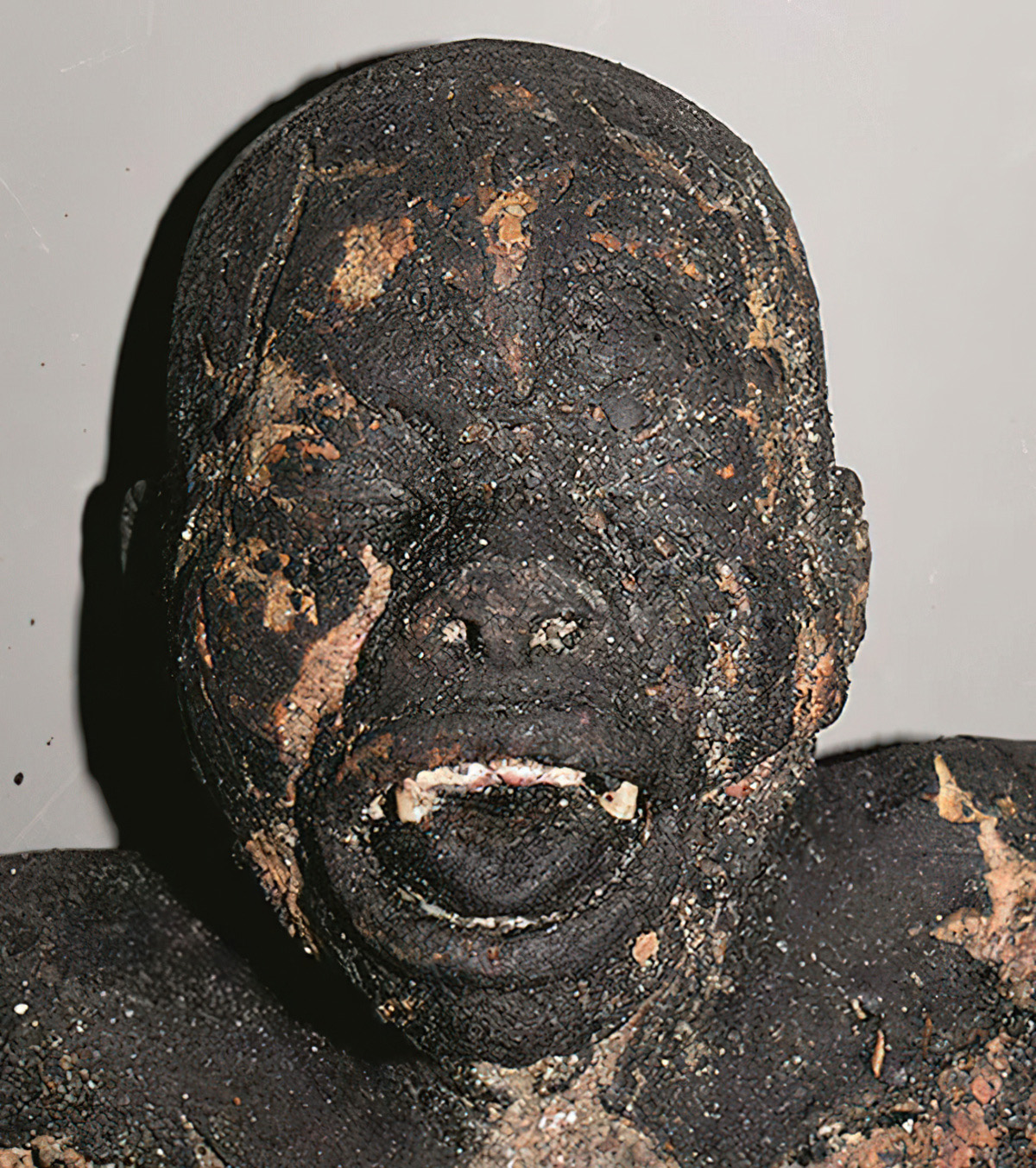Thermal charring (“fourth degree burns”). If an individual dies in a fire that continues to burn after death, their body will continue to burn. In such instances, the only thing the forensic pathologist can do is document the extent of the thermal injury they observe at the time of discovery, and otherwise focus on the determination of whether the decedent was alive or dead at the time the fire started; they do this by quantitating the CO-Hgb saturation and assessing the airways for evidence of respiration (smoke inhalation injury). Beyond that, the thermal injuries can look quite similar whether sustained before or after death. Once a person is dead, continued heat and fire often lead to characteristic thermal artifacts, including the pugilistic posture, longitudinal muscle splitting (along the “grain” of the muscle fibers), long bone fractures as the muscles shrink/shorten as they burn, and a dark, granular epidural blood collection.
Latest posts








